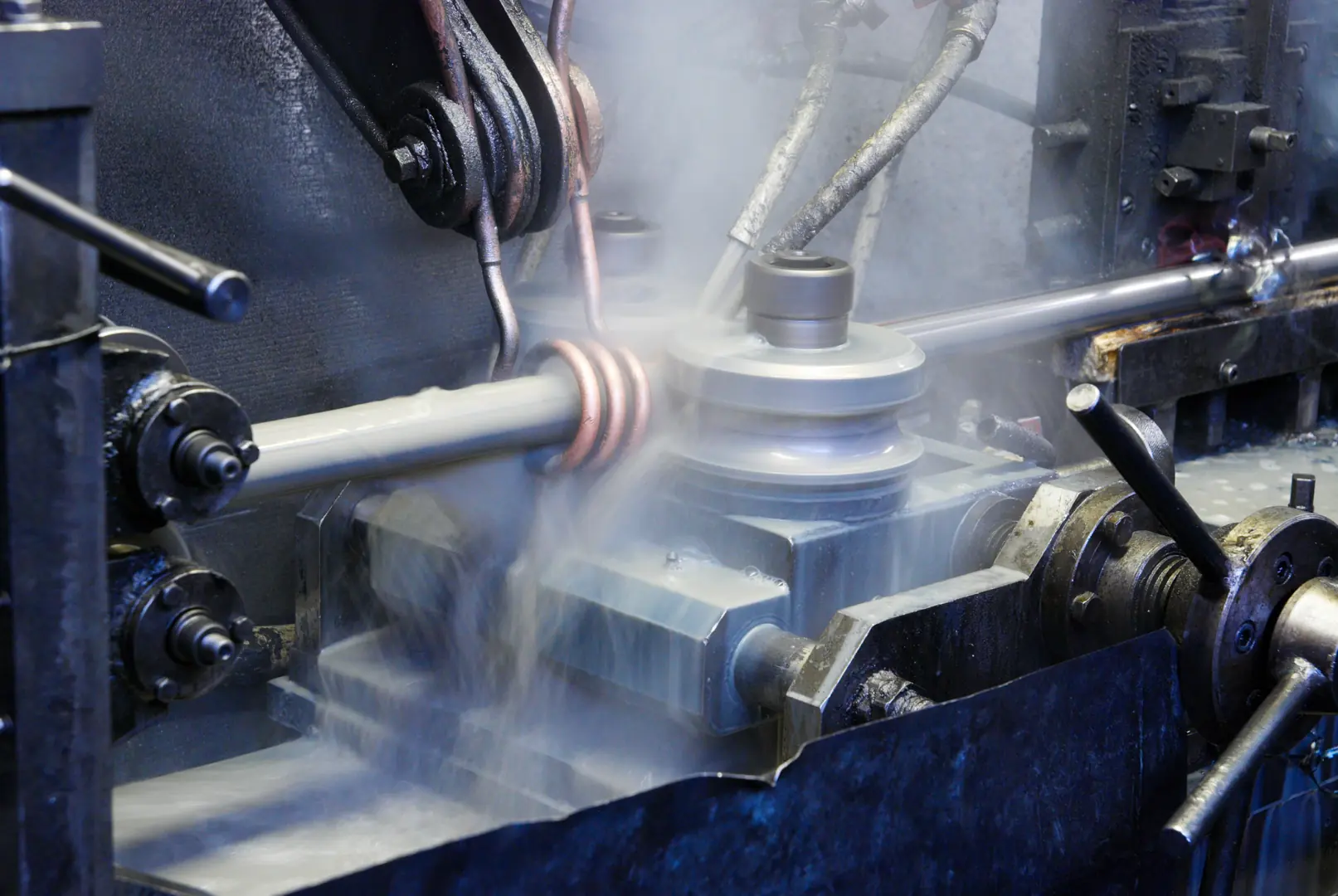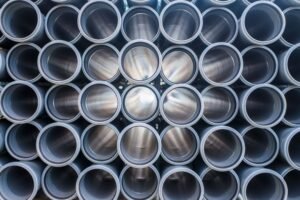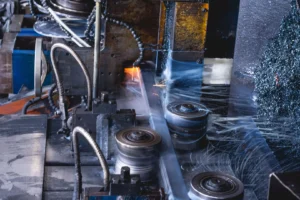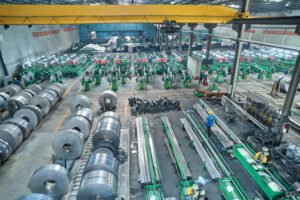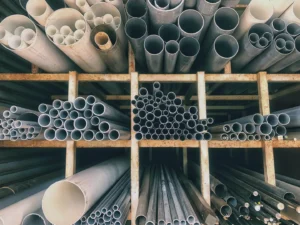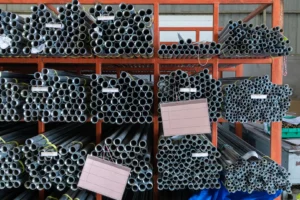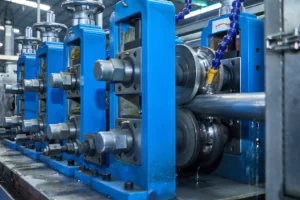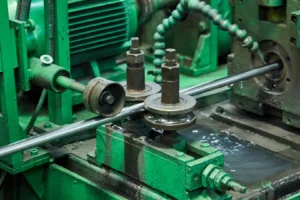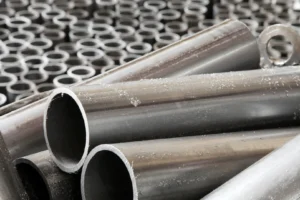Top 5 Advantages of Using Stainless Steel Pipe in Industrial Environments
Choosing the right piping material is a critical decision. A poor choice can lead to operational failures and costly downtime. Stainless steel pipe provides unmatched durability, safety, and long-term value.
The top five advantages of using stainless steel pipe are its exceptional durability, superior corrosion resistance, long-term cost-effectiveness, enhanced safety and hygiene, and overall sustainability. These qualities make it the premier choice for demanding industrial applications where reliability is non-negotiable.
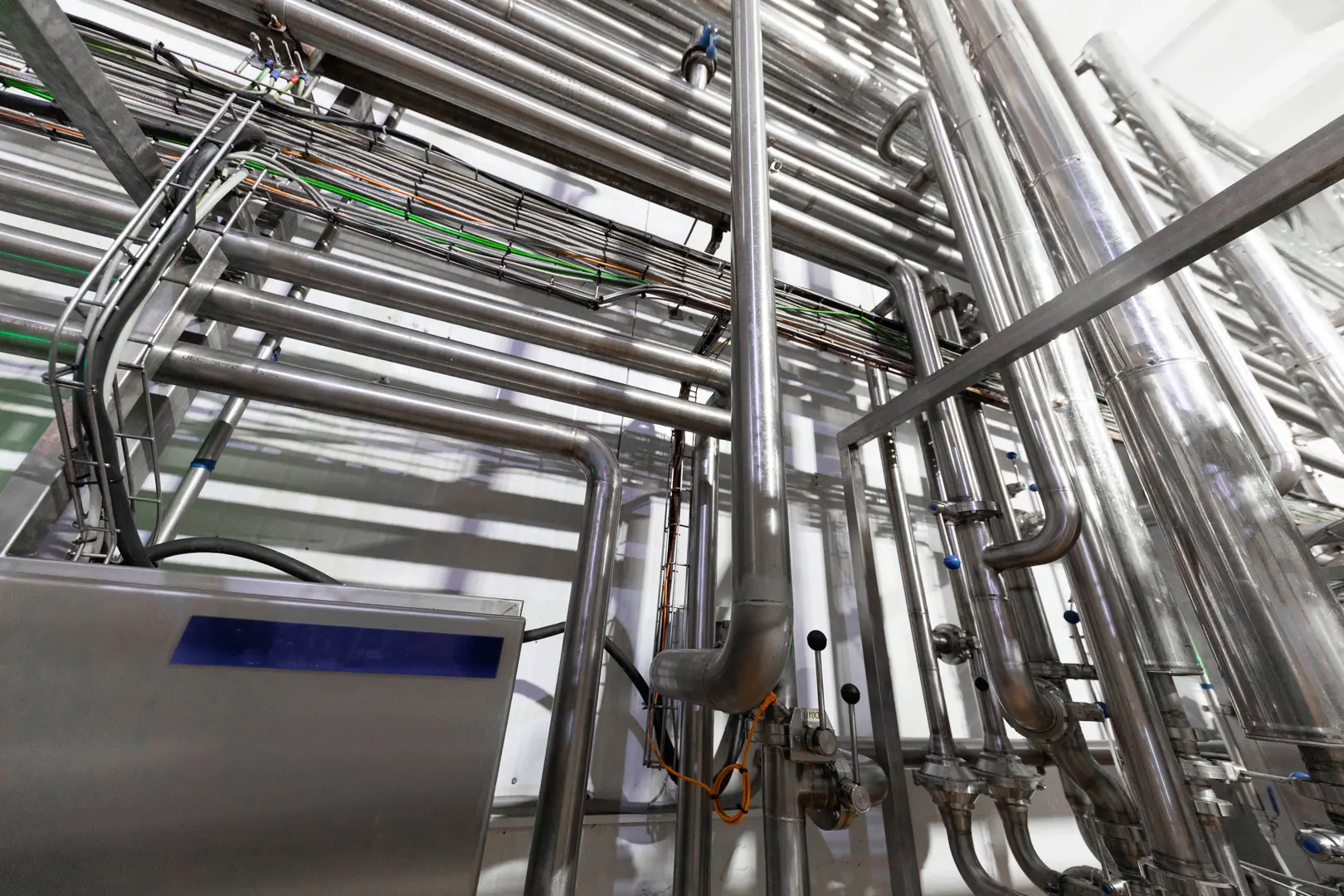
In my role as Global Business Director at MFY, I've seen countless projects succeed or fail based on material selection. The decision to use stainless steel pipe isn't just about specifying a component; it's a strategic choice that impacts everything from your budget to your operational efficiency. Let's explore these five core advantages in detail to understand why this material is a cornerstone of modern industry.
What are the inherent properties of stainless steel pipes that benefit industrial use?
Industrial systems face intense physical stress. Standard materials can buckle under extreme pressure or temperature fluctuations. Stainless steel's inherent strength, however, provides unbeatable structural integrity and operational peace of mind.
Stainless steel pipes possess inherent properties like high tensile strength, heat resistance, and pressure tolerance. This combination ensures they maintain their form and function without failure in demanding operational conditions, from chemical plants to power generation facilities.
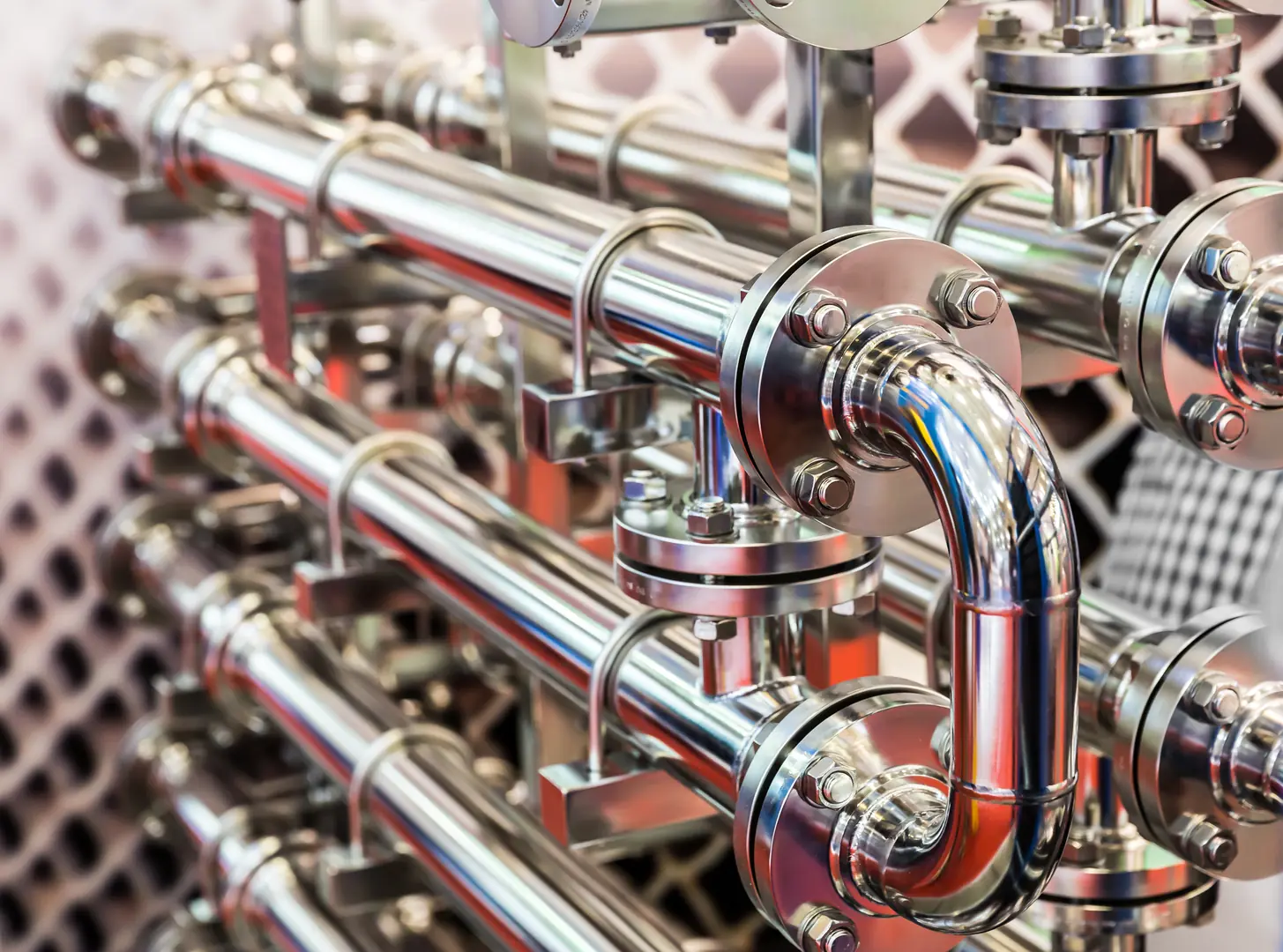
The Foundation of Industrial Reliability
When we talk about the core strengths of stainless steel, we're discussing the very foundation of industrial reliability. It's not just one property but the synergy of several that makes it indispensable.
Unmatched Tensile Strength
The first thing my clients, from large-scale construction contractors to equipment integrators, notice is the material's sheer toughness. Stainless steel can withstand significant forces without deforming or breaking. This is crucial in high-pressure systems where a failure is not just an inconvenience but a major safety hazard. I remember a client in the energy sector who switched from carbon steel to our 316L stainless pipes for a high-pressure steam line. The change eliminated the recurring issue of pipe fatigue they had faced, saving them thousands in potential downtime.
Performance Under Extreme Temperatures
Industrial processes often involve extreme heat or cryogenic cold. Stainless steel, particularly austenitic grades like 304 and 316, performs exceptionally well across this spectrum. Unlike other metals that can become brittle at low temperatures or lose strength when heated, stainless steel maintains its structural integrity. This makes it a go-to choice for everything from LNG (liquefied natural gas) facilities to high-temperature chemical reactors. This thermal stability ensures predictable and safe performance, which is exactly what an operations manager needs.
| Недвижимость | Stainless Steel (304) | Carbon Steel (A36) |
|---|---|---|
| Прочность на разрыв | ~515 MPa | ~400 MPa |
| Устойчивость к коррозии | Превосходно | Бедный |
| Max Operating Temp. | ~870°C | ~400°C |
| Hygiene Factor | High (Non-porous) | Low (Porous) |
How does the corrosion resistance of stainless steel pipes enhance their durability?
Corrosion is the silent enemy of industrial infrastructure. It silently degrades pipes from the inside out, leading to leaks, product contamination, and catastrophic failures that can halt production indefinitely.
Stainless steel's chromium content forms a passive, self-repairing oxide layer on its surface. This invisible barrier actively prevents rust and corrosion, significantly extending the pipe's lifespan and ensuring the purity of the materials it transports, even in chemically aggressive environments.
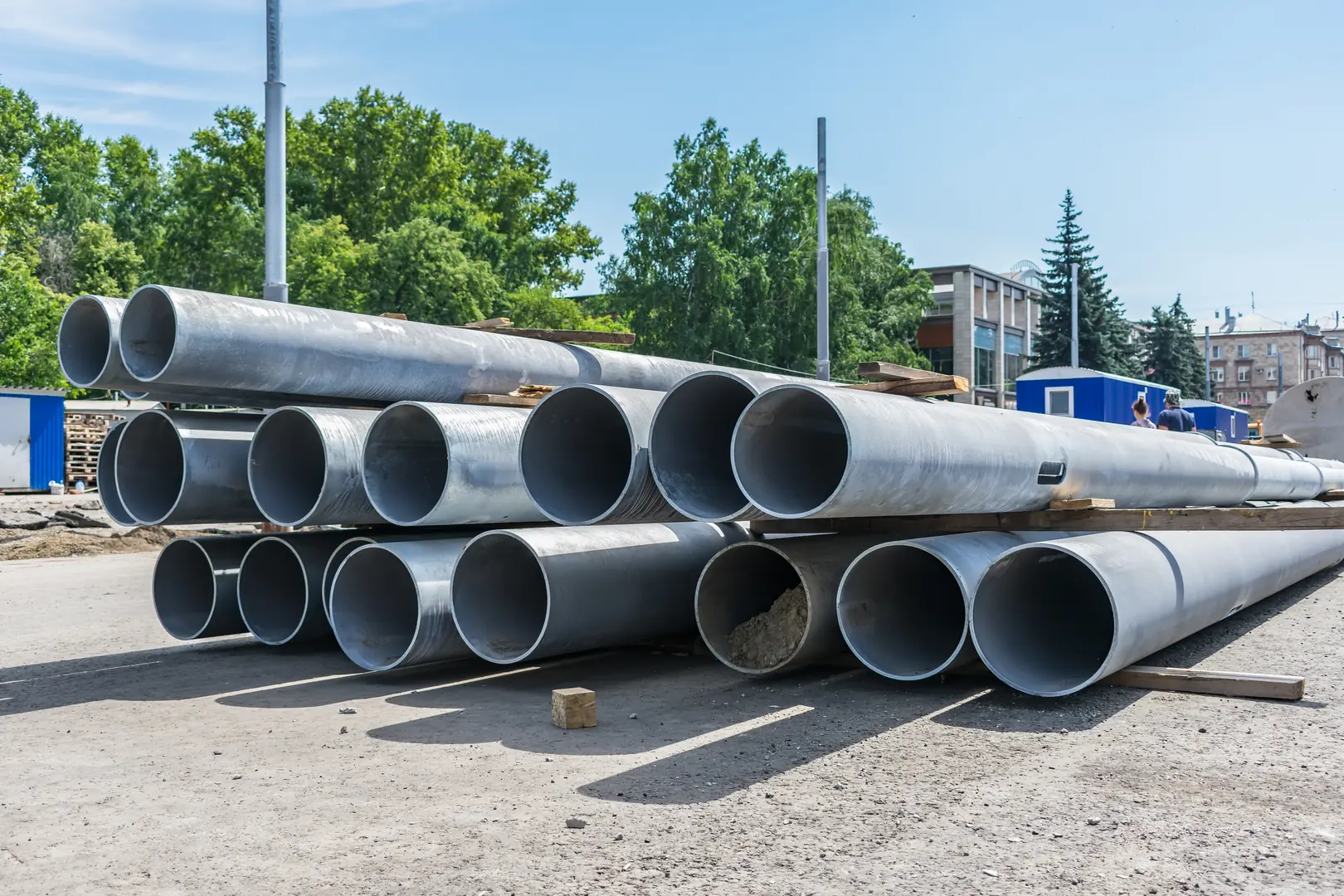
The Self-Healing Shield
The magic of stainless steel lies in a phenomenon called passivation[^1]. It’s a concept I frequently explain to clients who are weighing their material options. Understanding this is key to appreciating the long-term value stainless steel brings to any project.
The Science of Passivation
At its core, stainless steel is an iron alloy containing a minimum of 10.5% chromium. When exposed to oxygen—even just the oxygen in the air—this chromium reacts to form a very thin, stable, and inert layer of chromium oxide on the surface. This passive layer is the material's shield. It's what stops rust and corrosion in its tracks. What makes it truly remarkable is that if the surface is scratched or damaged, this protective layer instantly reforms, essentially "healing" itself. This self-repairing quality is what gives stainless steel its incredible longevity in harsh conditions where other metals would quickly degrade.
The Impact on Operational Uptime
For any manufacturing manager, unplanned downtime is the biggest threat to profitability. A corroded pipe that leaks can shut down an entire production line. By using stainless steel, you are proactively eliminating a major cause of such failures. I worked with a food processing plant in Southeast Asia that was struggling with contamination issues from their galvanized steel pipes. After we helped them upgrade to a full 304 stainless steel system, their maintenance calls for pipe-related issues dropped by over 90%, and their product quality control improved dramatically. This is a direct result of choosing a material that actively fights its own degradation.
In what ways do stainless steel pipes offer cost-effectiveness in industrial settings?
The upfront cost of materials can be a major focus. But focusing only on the initial price tag often leads to more expensive problems down the line with constant maintenance and replacement.
While the initial purchase price might be higher, stainless steel pipes are highly cost-effective over their lifecycle. Their durability and corrosion resistance drastically reduce maintenance, repair, and replacement costs, leading to a lower total cost of ownership (TCO) and better ROI.
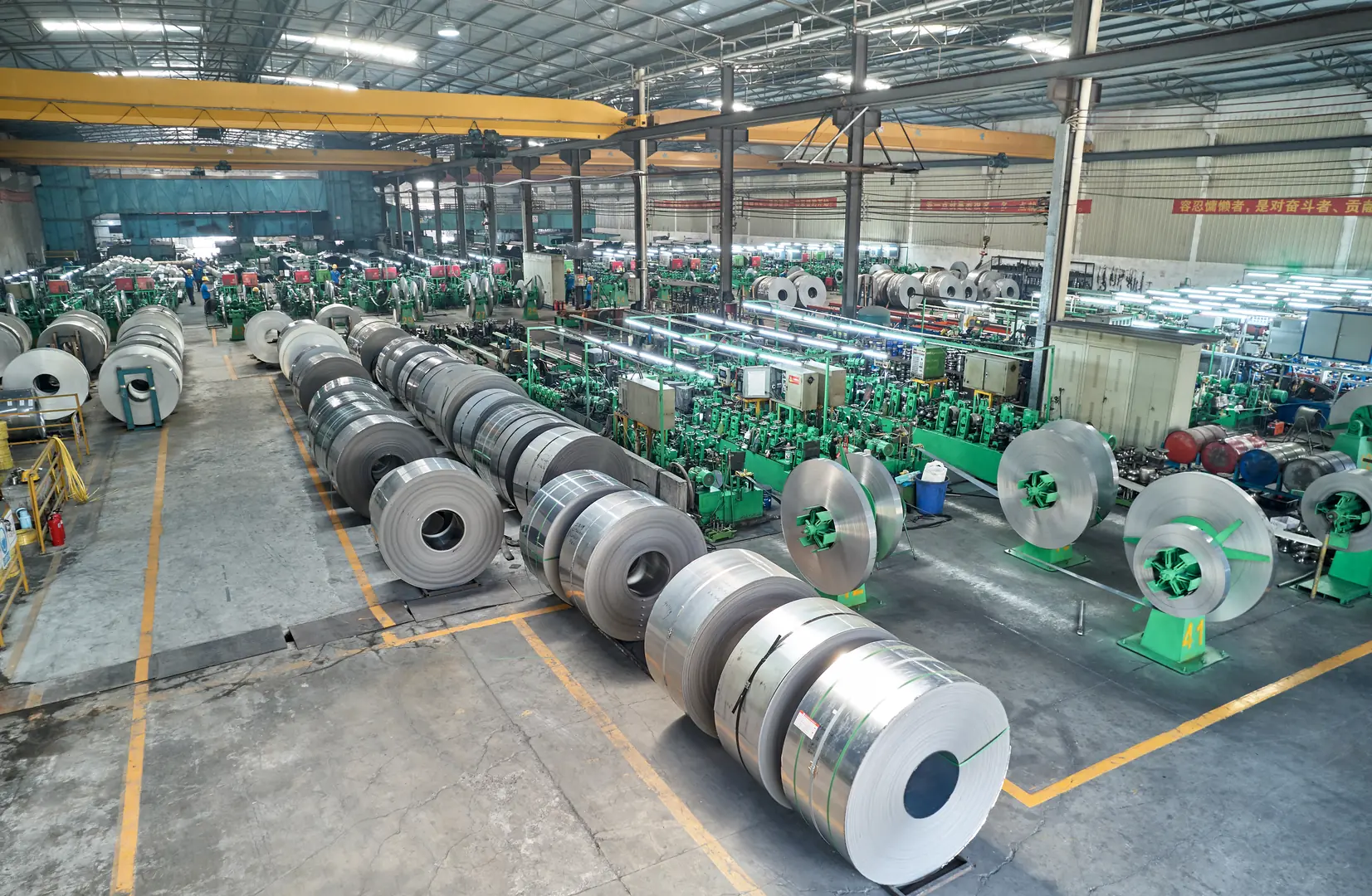
Calculating the True Return on Investment
As a business director, I always encourage our partners to look beyond the initial invoice and consider the Total Cost of Ownership (TCO). This is where stainless steel truly outshines cheaper alternatives. The conversation shifts from "How much does it cost today?" to "How much will it save us over the next 20 years?"
Beyond the Initial Price Tag
The TCO calculation includes several factors: the initial purchase price, installation costs, ongoing maintenance expenses, the cost of downtime due to failure, and the lifespan of the material before replacement is needed. While carbon steel might be cheaper to buy, its susceptibility to rust means it requires regular painting, coating, and eventual replacement. Stainless steel, on the other hand, requires minimal maintenance. Once installed, it performs reliably for decades. This "install and forget" quality is a massive financial advantage.
A Clear Look at Long-Term Value
Let's consider a simple comparison for a piping system over a 20-year period. The data consistently shows that the long-term savings from stainless steel are substantial.
| Фактор стоимости | Система из углеродистой стали | Система из нержавеющей стали |
|---|---|---|
| Первоначальная стоимость материала | $50,000 | $90,000 |
| Стоимость установки | $30,000 | $30,000 |
| Maintenance (20 yrs) | $40,000 (re-coating, repairs) | $5,000 (inspections) |
| Replacement Cost (at 15 yrs) | $80,000 | $0 |
| Total 20-Year TCO | $200,000 | $125,000 |
This simplified table makes the business case clear. The investment in stainless steel pays for itself by eliminating the enormous costs associated with the maintenance and replacement cycle of lesser materials. This is the definition of a smart, sustainable investment.
How do stainless steel pipes contribute to the safety and hygiene of industrial processes?
In many industries, product purity is paramount. The risk of contamination from piping is a serious concern, where porous or corroding surfaces can harbor bacteria or leach harmful chemicals.
The non-porous and inert surface of stainless steel prevents bacterial growth and does not leach into the transported materials. This makes it exceptionally hygienic and safe for industries like food and beverage, pharmaceuticals, and water treatment, ensuring product purity and regulatory compliance.
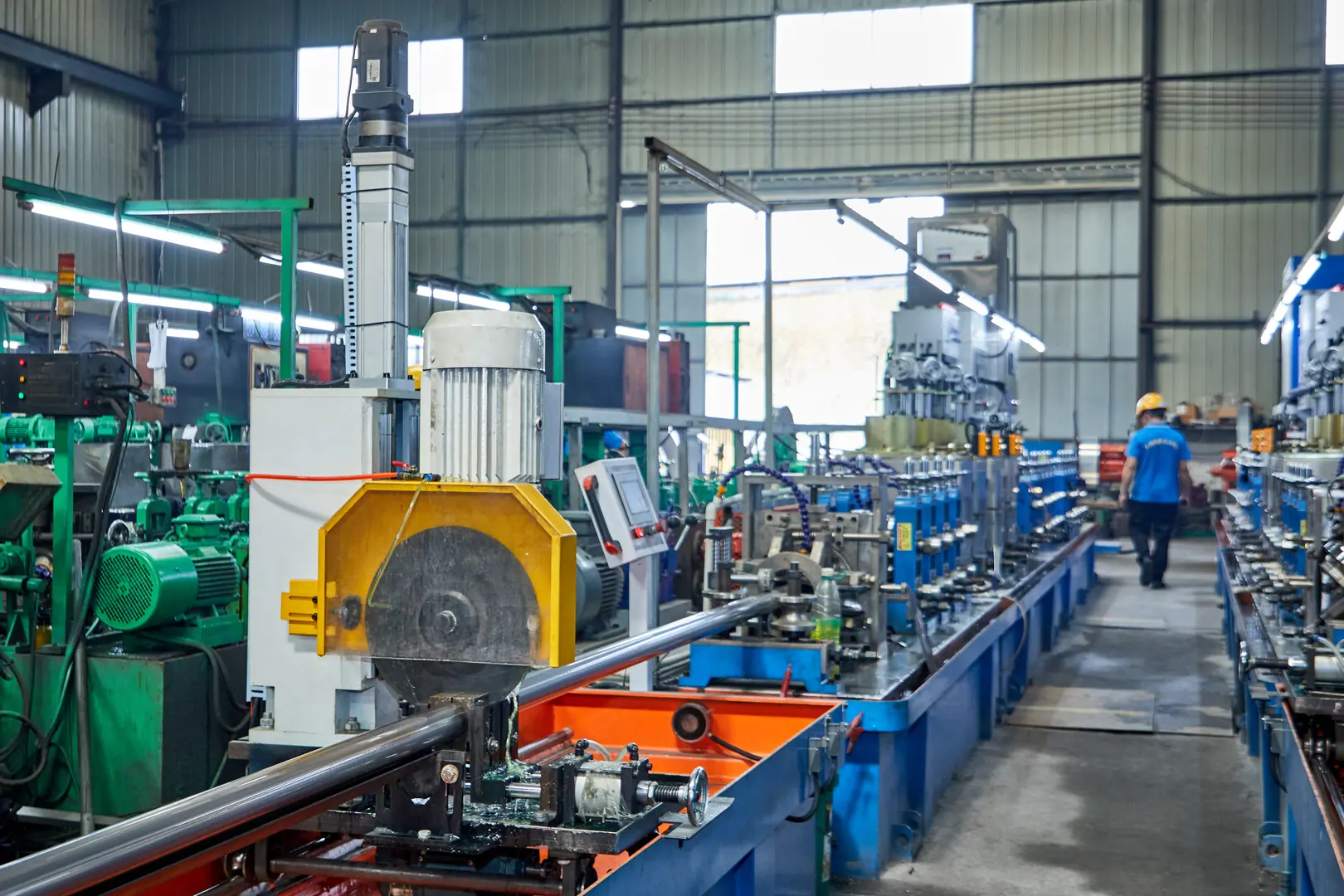
The Gold Standard for Purity
When we supply stainless steel pipes to clients in the food, beverage, or pharmaceutical sectors, the conversation is always centered on safety and compliance. For these industries, the material isn't just a conduit; it's a critical component of their quality control system.
A Non-Porous, Inert Surface
The key to stainless steel's hygienic properties is its incredibly smooth, non-porous surface. Unlike other materials, it has no microscopic cracks or pores where bacteria or microbes can hide and multiply. This makes it extremely easy to clean and sterilize, a process often referred to as Clean-in-Place (CIP)[^2] in these industries. Furthermore, stainless steel is inert, meaning it doesn't react with the products it transports. There is no risk of metallic tastes, discoloration, or chemical leaching that could compromise the final product, whether it's milk, medicine, or purified water.
Meeting Global Compliance Standards
Using stainless steel is often a prerequisite for meeting stringent health and safety regulations set by bodies like the FDA (Food and Drug Administration) or the European Hygienic Engineering & Design Group (EHEDG)[^3]. When we at MFY provide material test certificates and full traceability for our stainless steel products, we are giving our clients the documentation they need to pass audits and prove compliance. This assurance is invaluable. It allows them to operate with confidence, knowing their infrastructure supports their commitment to producing safe, high-quality goods for consumers.
What recommendations exist for maximizing the benefits of stainless steel pipes in industries?
Simply choosing stainless steel is not the final step. To truly unlock its full potential, you must ensure the correct grade is selected and proper handling procedures are followed.
To maximize benefits, select the correct stainless steel grade for your specific environment, ensure proper welding and installation techniques are used, and implement a routine inspection schedule. Partnering with a knowledgeable supplier is crucial for success.
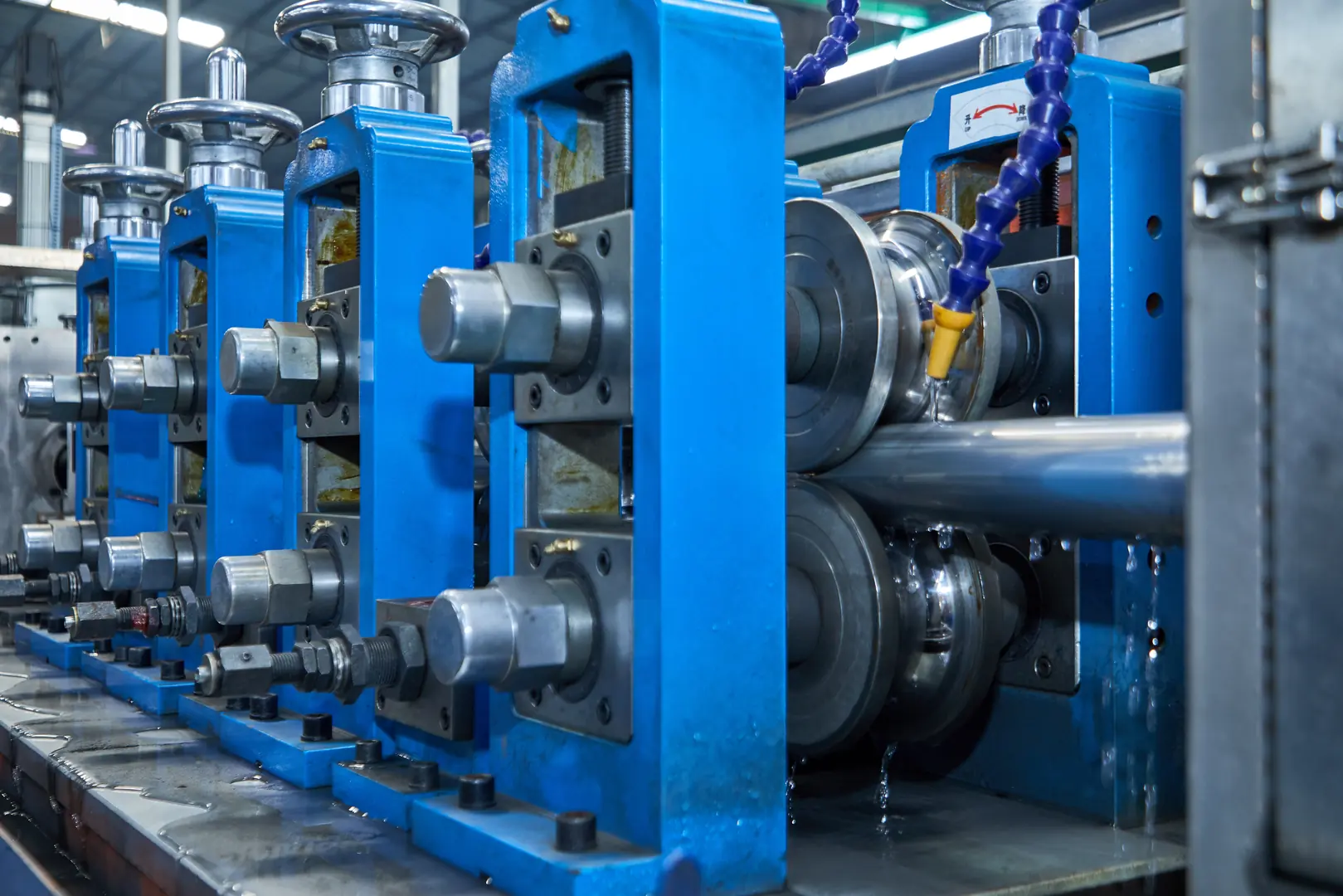
A Partnership for Performance
Achieving the best results from stainless steel is about making informed choices. As your partner, our goal at MFY is to provide not just the material, but the expertise to help you make the right decisions from day one.
Choosing the Right Grade
Not all stainless steel is created equal. The most common grades are 304 and 316. Grade 304 is a fantastic, all-purpose choice for many applications. However, if the environment involves chlorides—like saltwater or certain industrial chemicals—grade 316 is essential. It contains molybdenum, which significantly enhances its resistance to pitting and crevice corrosion. Choosing the wrong grade is a common mistake that can lead to premature failure.
| Класс | Ключевая характеристика | Общие приложения |
|---|---|---|
| SS 304/304L | General-purpose corrosion resistance | Food & beverage, water treatment, structural |
| SS 316/316L | Enhanced chloride resistance | Морская промышленность, химическая промышленность, фармацевтика |
| Duplex | High strength & stress corrosion cracking resistance | Oil & gas, desalination plants |
The Importance of Expert Installation
Even the best material can be compromised by poor installation. Proper welding is critical to maintaining the corrosion-resistant properties of stainless steel at the joints. Using the wrong technique can damage the passive layer and create a weak point. This is why we always recommend working with certified installers who understand the specific requirements of working with stainless steel. A small investment in skilled labor upfront prevents massive headaches later. Ultimately, maximizing your investment comes down to a combination of the right material, the right design, and the right execution.
Заключение
Choosing stainless steel pipe is more than a material specification; it's a strategic investment in the long-term health of your operations. It delivers unmatched durability, safety, and cost-efficiency. This choice future-proofs your facility, ensuring reliability and a strong return on investment for decades.
У вас есть вопросы или нужна дополнительная информация?
Свяжитесь с нами, чтобы получить индивидуальную помощь и квалифицированный совет.
